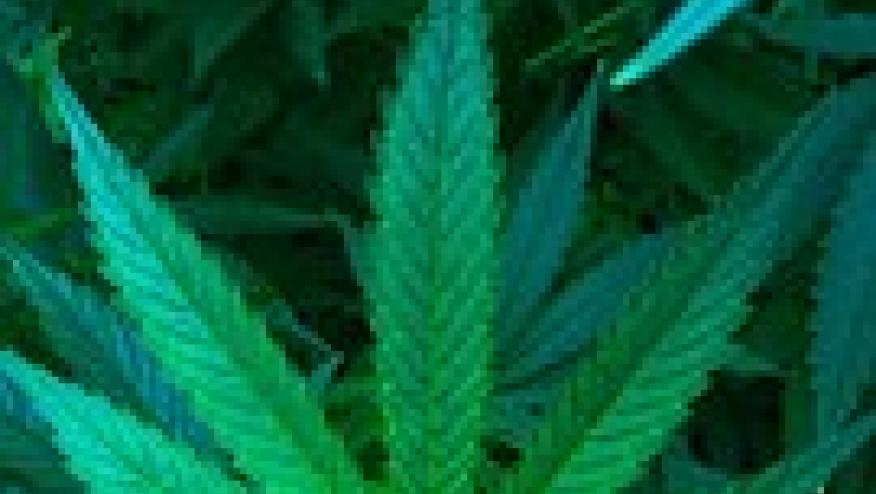Cannabis Laws Lessen the Opioid Crisis Save

Three reports from JAMA Internal Medicine demonstrate favorable trends with less opioid use when cannabis became legal.
Opioid-related mortality increased nearly 320% between 2000 - 2015 and by 15.6% between 2014 and 2015 alone. There is research showing that opioid and nonopioid pain prescriptions decreased in Medicare Part D and Medicaid populations with the introduction of medical cannabis. Researchers sought to assess any magnitude of opioid prescribing change with the introduction of medical cannibis laws (MCLs).
Researchers looked at the total number of daily opioid doses prescribed (in millions) in each US state for all opioids according to the establishement of laws and public consumption.
Under Medicare Part D there were 23.08 million daily doses of any opioid dispensed per year in the average state between 2010 to 2015. Multiple regression analysis results found that patients filled fewer daily doses of any opioid in states with MCLs.
States with active dispensaries had 3.742 million fewer daily doses filled; states with home-cultivation-only MCLs saw 1.792 million fewer filled daily doses of opioids, especially for hydrocodone and morphine.
When looking only at Medicaid enrollees, MCLs were again associated with a 5.88% lower rate of opioid prescribing.
The cause and effect here are inferred and not directly relateable. Moreover, these data from Medicare Part D or Medicaid are limited and may not be generalizable to all demographic groups, since the data was derived in the disabled and elderly and low income levels individuals.
Nonetheless, medical cannabis laws may be associated with significant reductions in opioid prescribing, especially for hydrocodone and morphine, and may add to strategies aimed at curtailing opioid use or abuse.










If you are a health practitioner, you may Login/Register to comment.
Due to the nature of these comment forums, only health practitioners are allowed to comment at this time.